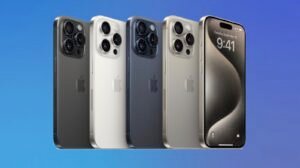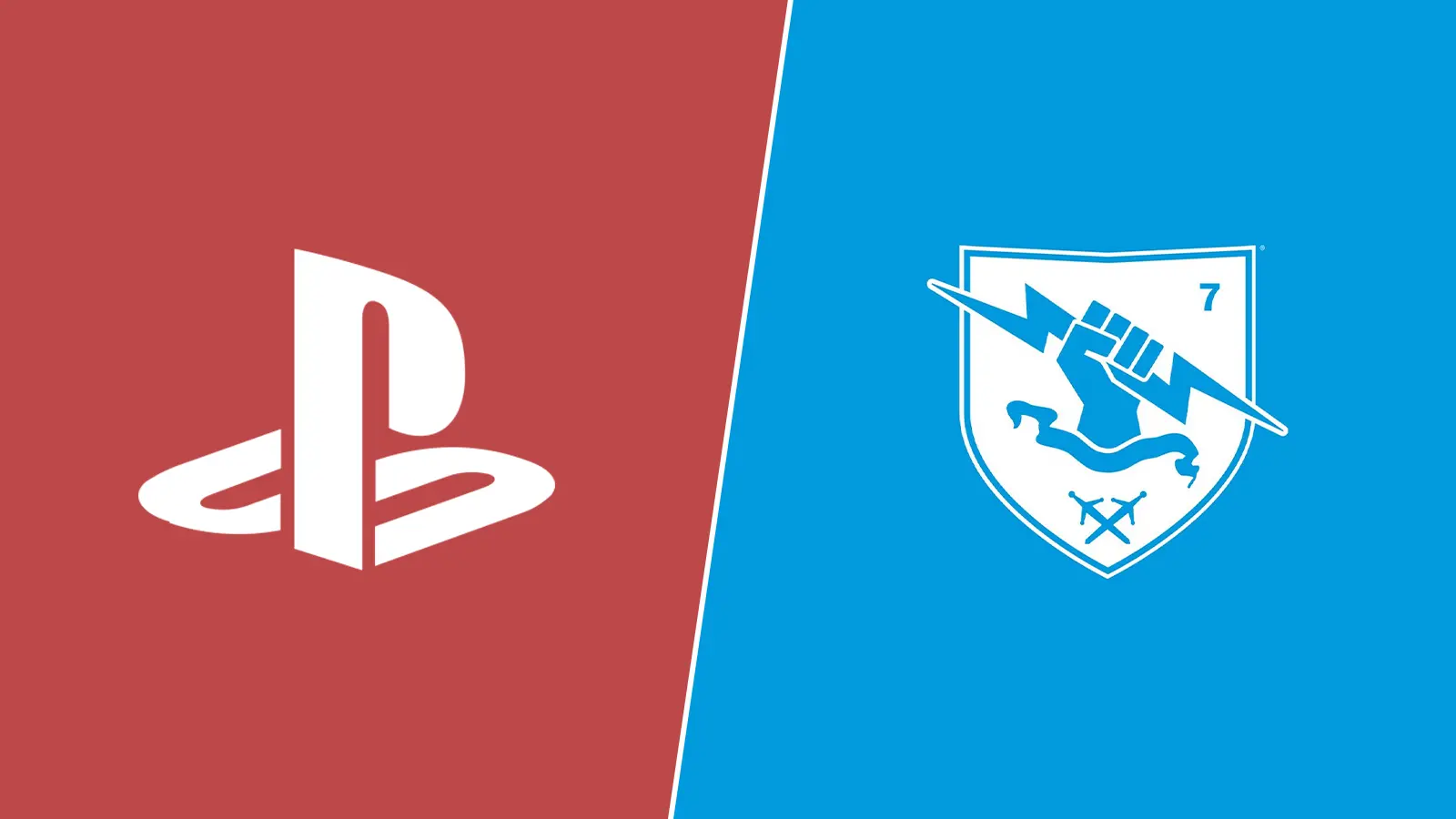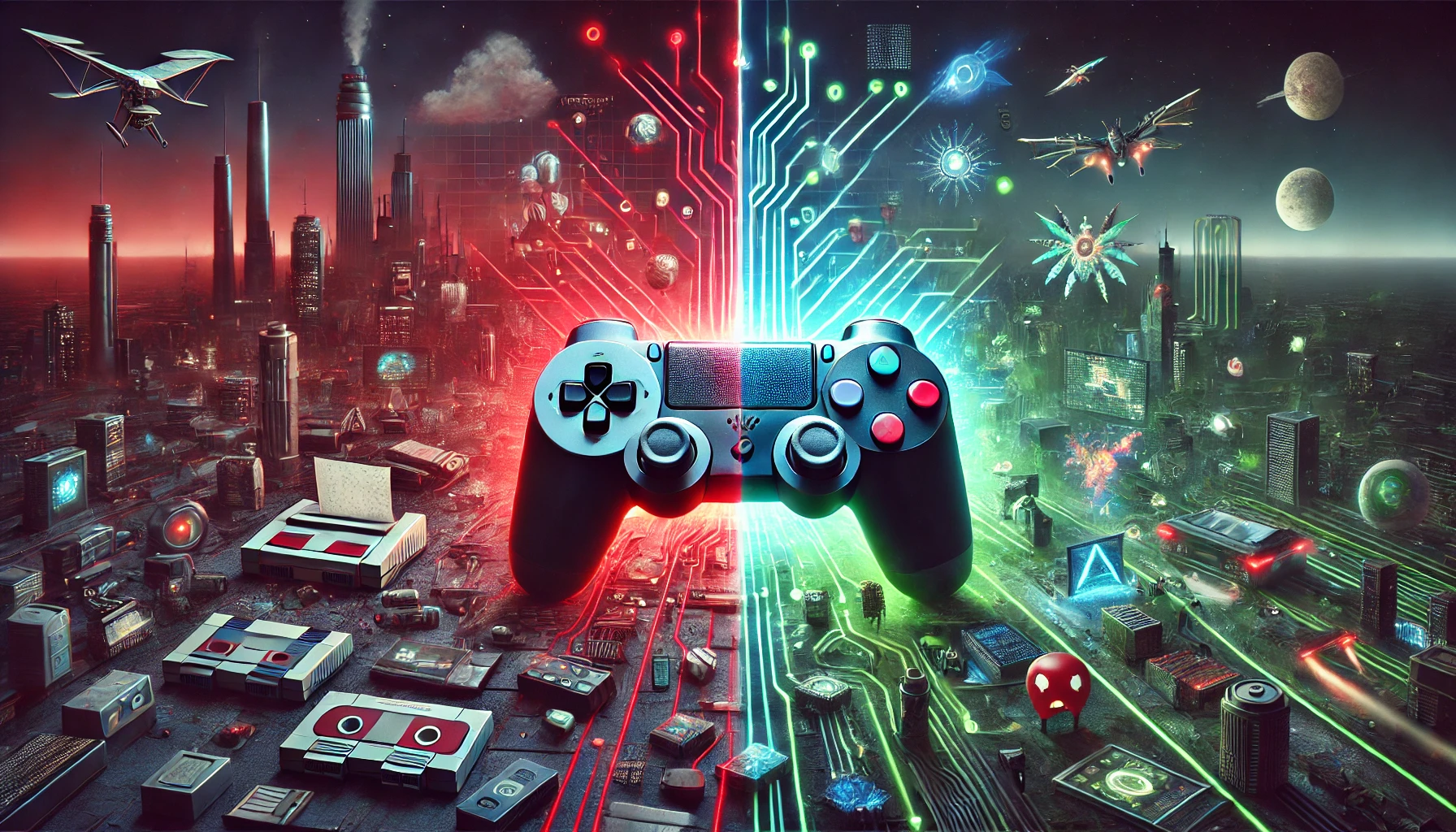A new report has unveiled the most popular iPhone model in use today, and the results may surprise you. While the latest and greatest iPhones often grab the headlines, it seems many users are sticking with older models.
In the ever-evolving world of smartphones, Apple’s iPhone consistently ranks among the top contenders. With each new release, the tech giant introduces cutting-edge features and improved performance, enticing users to upgrade. However, a recent report by CIRP (Consumer Intelligence Research Partners) sheds light on a fascinating trend: the iPhone 11, released back in 2019, holds the crown as the most popular iPhone model currently in use. This revelation challenges the assumption that the latest iPhones dominate the market, suggesting that factors like affordability and perceived value play a significant role in consumer choices.
This article delves into the details of the CIRP report, exploring the reasons behind the iPhone 11’s enduring popularity and examining the broader implications for the smartphone industry. We’ll also analyze the usage patterns of other iPhone models, providing a comprehensive overview of the iPhone landscape in 2024.
The iPhone 11 Reigns Supreme
According to CIRP’s data, the iPhone 11 accounts for a remarkable 24% of the total iPhones in use. This impressive figure highlights the model’s widespread adoption and continued relevance in the market. Despite being succeeded by several newer generations, the iPhone 11 remains a favorite among users, demonstrating its lasting appeal.
Factors Contributing to the iPhone 11’s Popularity
Several factors contribute to the iPhone 11’s enduring popularity. First and foremost, its affordability compared to newer models makes it an attractive option for budget-conscious consumers. Apple’s pricing strategy, which typically involves lowering the price of older models with each new release, has made the iPhone 11 more accessible to a wider audience.
Furthermore, the iPhone 11 boasts a powerful A13 Bionic chip, which delivers impressive performance even by today’s standards. Its dual-camera system, featuring wide and ultra-wide lenses, captures stunning photos and videos, satisfying the needs of most users. Additionally, the iPhone 11’s long battery life ensures that users can stay connected throughout the day without worrying about running out of power.
The iPhone 13: A Strong Contender
While the iPhone 11 holds the top spot, the iPhone 13, released in 2021, is rapidly gaining popularity. CIRP’s report indicates that the iPhone 13 accounts for 15% of iPhones in use, making it the second most popular model. This surge in popularity can be attributed to the iPhone 13’s compelling combination of features, performance, and price.
The iPhone 13 boasts several improvements over its predecessor, including a more advanced A15 Bionic chip, an enhanced camera system with Cinematic mode for video recording, and a brighter display. Its sleek design and vibrant color options further add to its appeal.
Older Models Still Hold Their Own
Interestingly, older iPhone models like the XR and 12 continue to maintain a significant presence in the market. The iPhone XR, known for its affordability and vibrant color options, holds a 13% share, while the iPhone 12, which introduced 5G connectivity and a more refined design, accounts for 12%. This indicates that a considerable portion of users prioritize value and functionality over having the latest and greatest features.
The Long Tail of iPhone Usage
The CIRP report also highlights the long tail of iPhone usage, with models as old as the iPhone 8 still being used by a small but dedicated user base. This phenomenon underscores the longevity of Apple’s devices and the company’s commitment to providing software updates for older models. While the percentage of users on older models may be small, it demonstrates the enduring value and appeal of iPhones across different generations.
My Personal Experience
As a tech enthusiast, I’ve had the opportunity to use various iPhone models over the years, from the classic iPhone 4 to the latest iPhone 14 Pro. While I appreciate the advancements in technology and design that each new generation brings, I’ve found that older models like the iPhone 11 and XR still offer a fantastic user experience.
I recently purchased an iPhone 11 for my parents, who were looking for an affordable and reliable smartphone. They’ve been incredibly happy with its performance, camera quality, and battery life. This experience reinforces the findings of the CIRP report, highlighting the enduring appeal of older iPhone models.
Implications for the Smartphone Industry
The popularity of older iPhone models like the iPhone 11 has significant implications for the smartphone industry. It challenges the prevailing notion that consumers always crave the latest and most expensive devices. Instead, it suggests that factors like affordability, perceived value, and long-term usability play a crucial role in purchasing decisions.
This trend could encourage smartphone manufacturers to focus on delivering value across different price points, ensuring that older models remain relevant and appealing to a wider audience. It also highlights the importance of software updates in extending the lifespan of devices, contributing to sustainability and reducing electronic waste.
Looking Ahead
As Apple continues to innovate and release new iPhone models, it will be interesting to see how the popularity of older models evolves. Will the iPhone 11 maintain its dominance, or will newer models like the iPhone 13 and 14 eventually take the lead? Only time will tell.
However, one thing is certain: the enduring popularity of older iPhone models like the iPhone 11 underscores the importance of factors like affordability, performance, and long-term value in the smartphone market. As consumers become more discerning and environmentally conscious, these factors are likely to play an even greater role in shaping the future of the industry.



















Add Comment